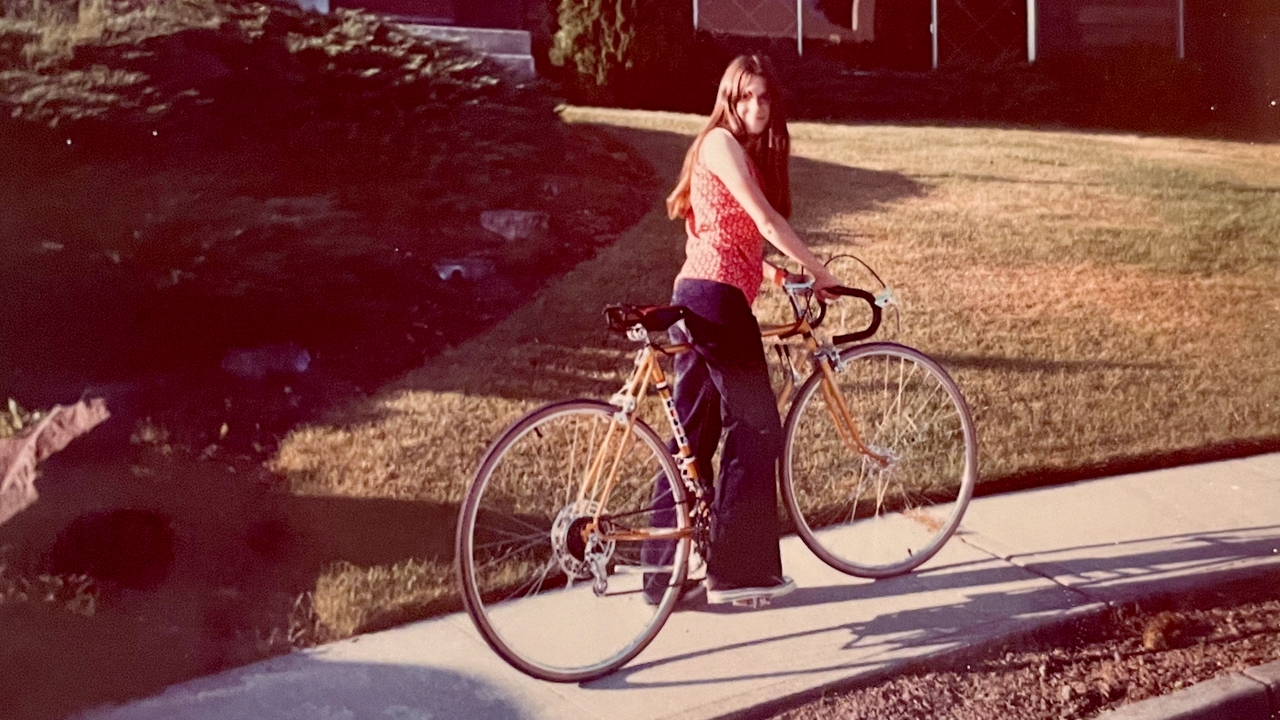What I Learned From my First Sales Experience

I was almost 12, and I desperately wanted a new bike. I was still riding the single-speed Raleigh I’d gotten when I was 8. “It’s dorky,” I told my dad. Complaining didn’t work.
By the end of the summer, I had my new bike. Even better, I had bought it myself—with money I earned. In the process, I fell in love with sales.
It was a hot June afternoon. School had just let out for summer break. I sat on the front porch with Mike, the kid who lived next door. I wanted a new bike. He wanted a baseball glove. We both needed money.
We were too young for real jobs—even babysitting (the local parents were too smart to trust us with their kids). I had the allowance I got for doing chores. I could count on some birthday cash from relatives. Not enough.
Mike and I brainstormed. We should sell something! Not lemonade—we’d seen other kids’ failed attempts to pitch lukewarm Country Time.
Candy, we decided. It didn’t take a genius to know the neighborhood kids wanted candy. All kids want candy.
It hit us. We realized the younger kids had a problem: They couldn’t go to the store on their own. Even if they had money, they were too little.
Their problem was our opportunity! We would sell a product they wanted. We’d provide a service they couldn’t get—we’d bring the candy to them. We’d charge a premium for that extra service and make a tidy profit.
In those days, the bottom shelf of the candy section at our local 7-Eleven was lined with an assortment of “penny candy.”
“Let’s sell penny candy for two cents!” Mike said.
Even at double the price, we figured it was a good deal.
We each raced home to raid our piggy banks. Mike stuffed our “seed money” into his pocket, hopped on his bike, and sped down the hill toward 7-Eleven.
I got to work. I found a plywood scrap behind my dad’s work bench, balanced it on dusty lawn furniture, and neatly wrote, “Kandy Korner” on the lid of an old shoe box. (I’ve always loved alliteration!)
Mike returned with a brown paper bag bulging with an assortment of Smarties, bubble gum, and even candy cigarettes (an actual candy they sold in the olden days). I lined everything up in neat rows. We were in business!
Word spread like wildfire. Soon there was a line of kids snaking through the yard. One by one, they’d walk up to the table, eyes wide with excitement. They’d make their selections, then walk away, leaving a trail of candy wrappers.
When we ran out of candy, Mike pocketed some of our profits and rode back to 7-Eleven to restock. We’d started the perfect business—the money was rolling in! Our customers were just as excited to buy the candy as we were to sell it. It was truly a win-win.
Everyone was happy, until…
We got complaints. Not from customers. The complaints came from those age-old spoilers of fun: the MOMS.
“Mrs. Russell called,” my mom said. Her tone of voice tipped me off—there was trouble. “She’s pretty ticked off about her kids eating all that candy. She gave me an earful.”
Unfortunately, that was it. We were officially shut down. It was a blow, but by the end of the summer, when I added my half of the profits to my allowance and birthday card money, it was enough for my bike! My success, and my new bike, were achieved through making sales. My lifelong career was unofficially launched.
The experience was a real eye-opener, and helped me define sales as helping people get what they want (in our case, by adding a much-needed service.) Creating Win-Win sales has been my goal ever since, and is an important part of the Uncopyable Sales system.
If you want to make more sales, think about this question: What more can you do to create a Win-Win for your customer?
---
Order my book here: Uncopyable Sales Secrets
Get my FREE ebook, 5 Proven Secrets to Get in the Door

